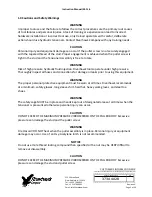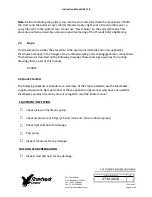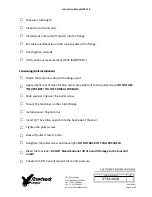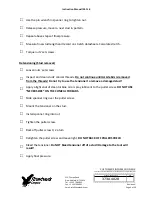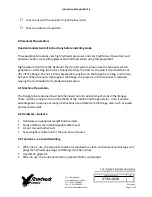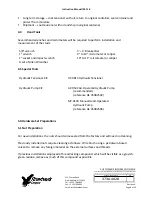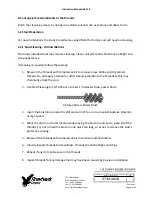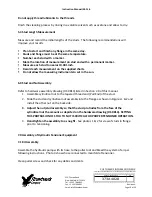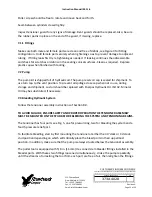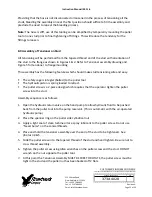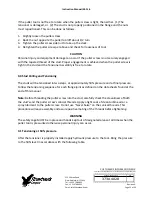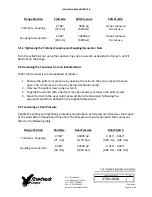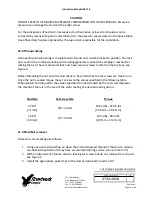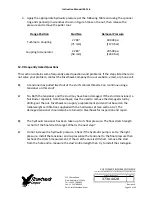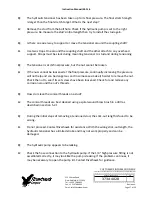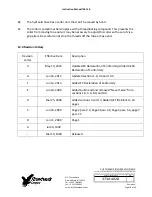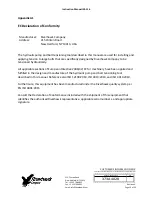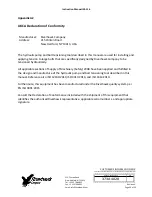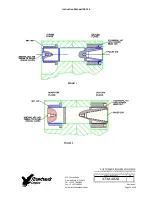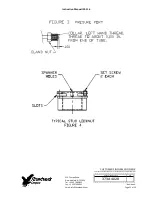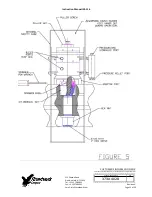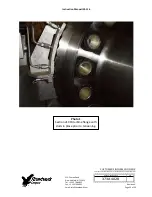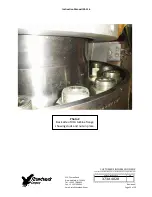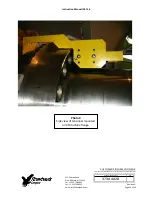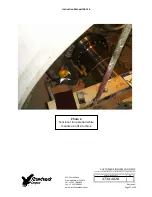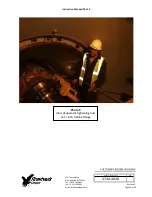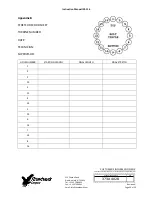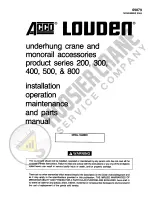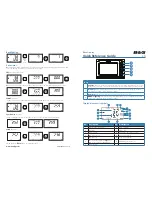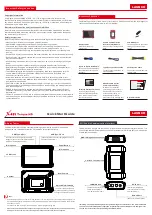
Instruction Manual IM‐116
CUSTOMER'S INFORMATION BOX
CONTENTS ARE INDEPENDENT OF RIVERHAWK DOCUMENT CONTROL
215 Clinton Road
New Hartford, NY 13413
Tel: +1 315 768 4855
Fax: +1 315 768 4941
Email: [email protected]
REV
373A4028
GE DRAWING NUMBER
Revision H
Page 17 of 29
Q
:
The hydraulic tensioner has been taken up to its final pressure. The final stretch length
is larger than the final stretch target. What is the next step?
A
:
Remove the stud from the bolt hole. Check if the hydraulic pump is set to the right
pressure. Re‐measure the stud's initial length then try to install the stud again.
Q
:
Is there an easier way to support or move the tensioner around the coupling shaft?
A
:
Use two straps. One around the coupling shaft and the other attach to any overhead
support. Straps must be slack during mounting tensioner to stud and during tensioning.
Q
:
The tensioner is at its final pressure, but the nut cannot be loosen.
A
:
If the nuts cannot be loosened at the final pressure, continually increasing the pressure
will not help and can be dangerous and in some cases make it harder to remove the nut.
Check the nut to see if its set screws have been loosened. Check for and remove any
corrosion around the nut's threads.
Q
:
How do I clean the conical threads on a stud?
A
:
The conical threads are best cleaned using a spiral wound brass brush in a drill as
described in section 5.2.1
Q
:
During the initial steps of removing a tensioned stud, the stick‐out length is found to be
wrong.
A
:
Do not proceed. Contact Riverhawk for assistance. With the wrong stick‐out length, the
hydraulic tensioner has a limited stroke and may not work properly and can be
damaged.
Q
:
The hydraulic pump appears to be leaking.
A
:
Check the hose connection to the hydraulic pump. If the 1/4" high pressure fitting is not
assembled correctly, it may look like the pump is leaking. If the problem continues, it
may be necessary to open the pump kit. Contact Riverhawk for guidance.

